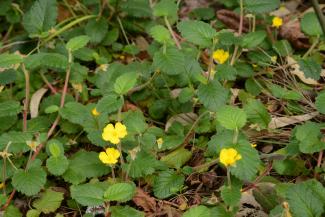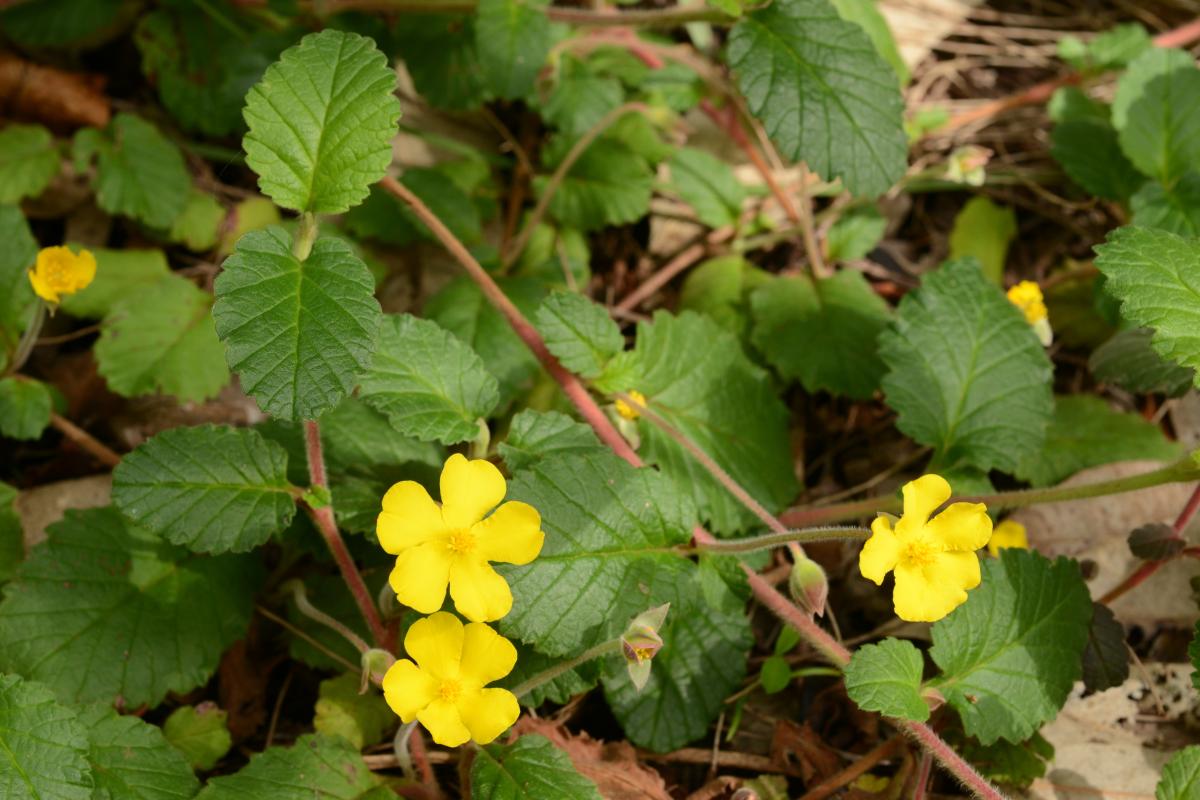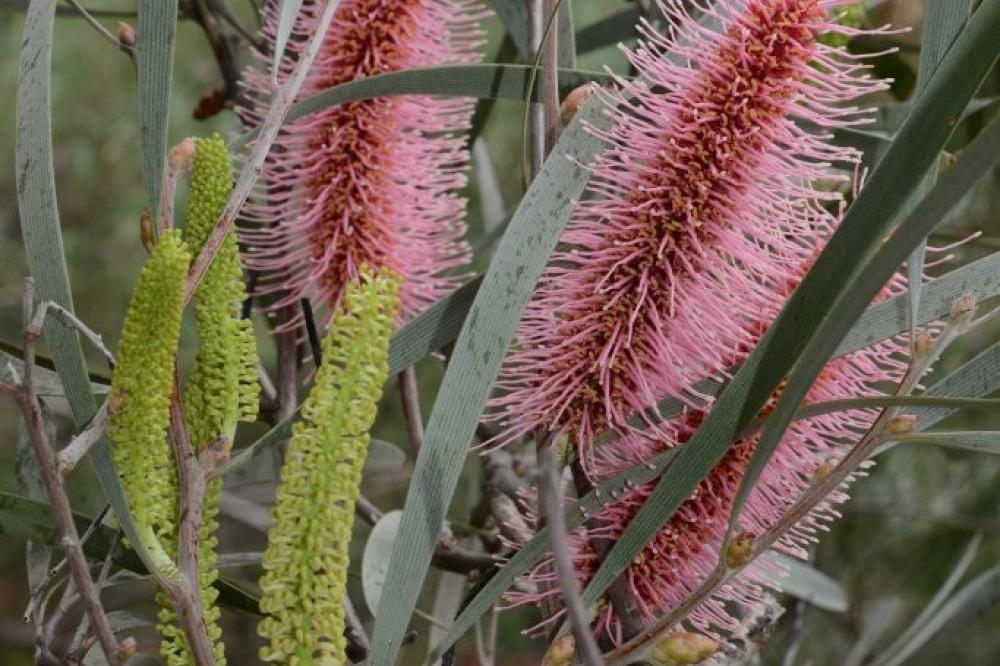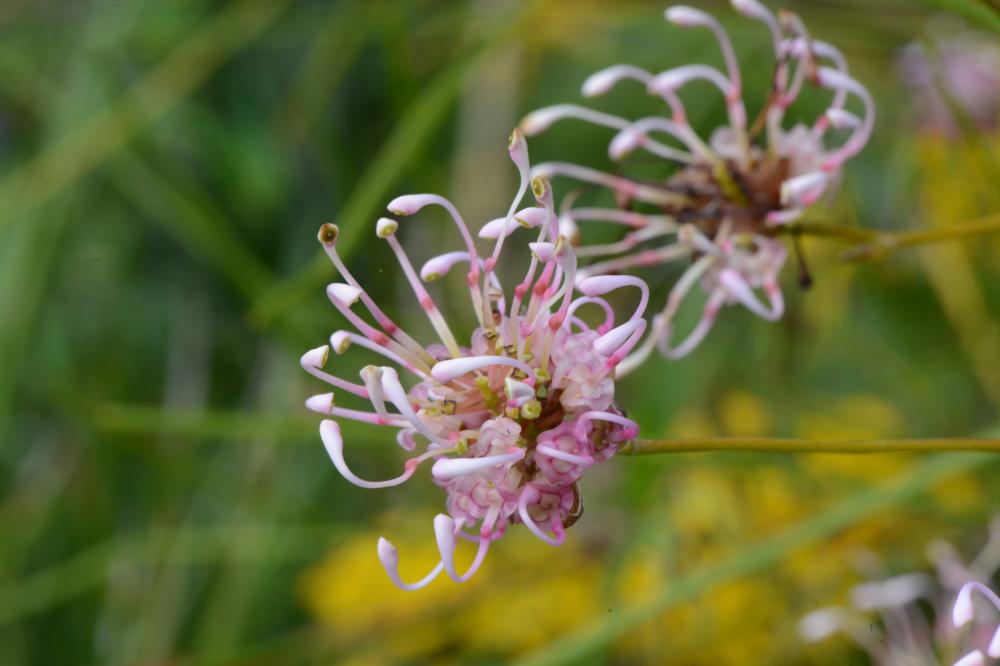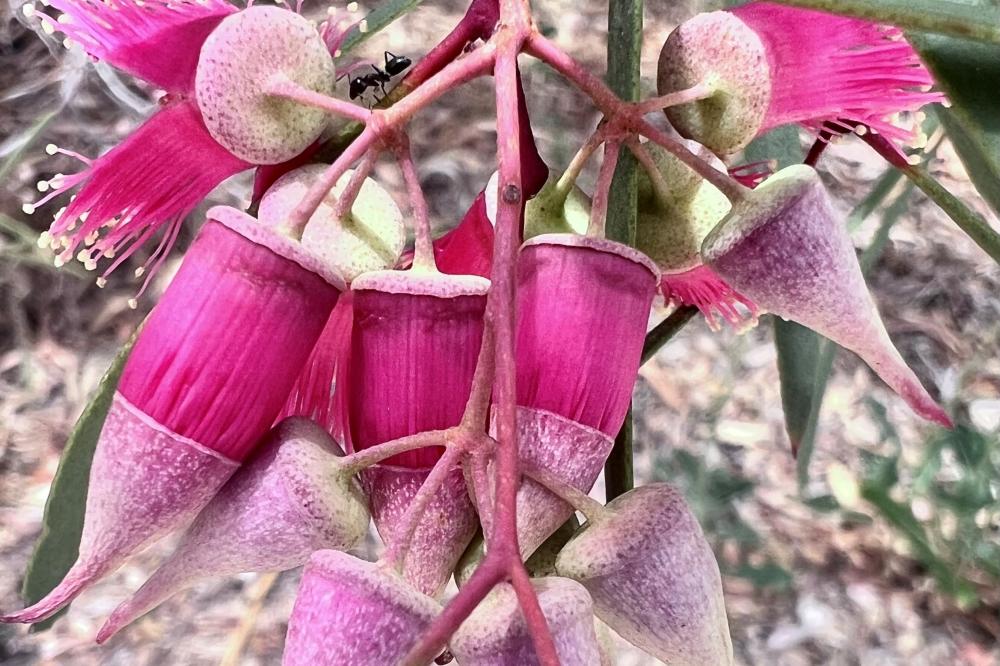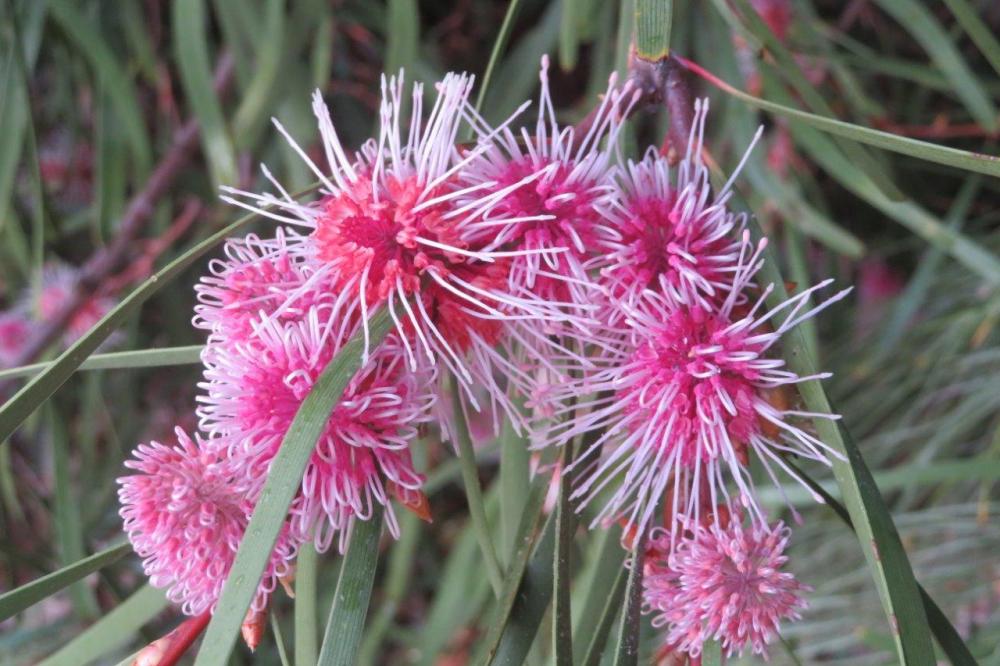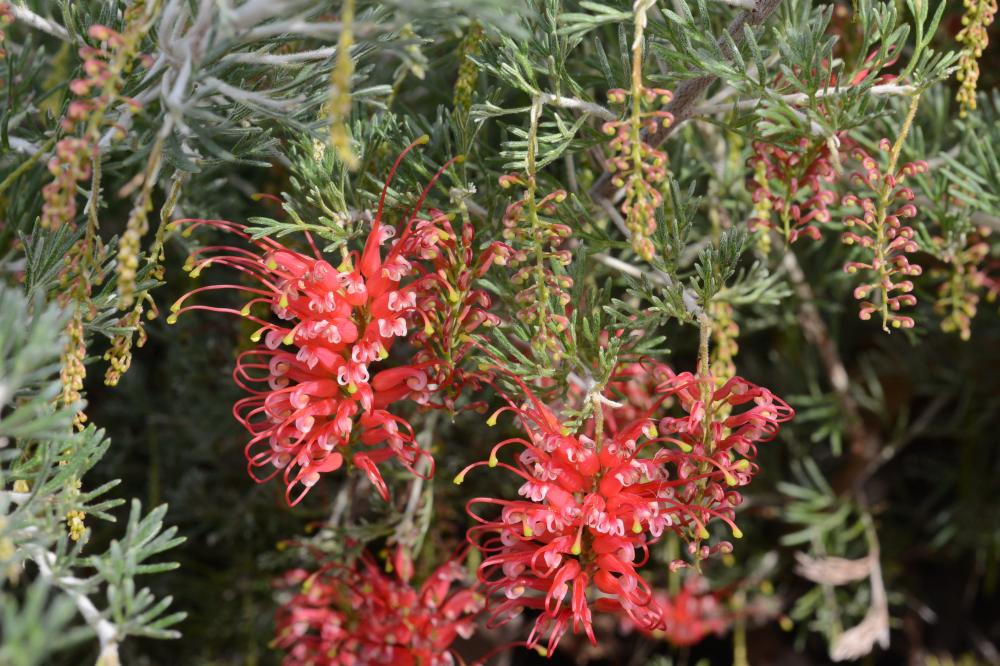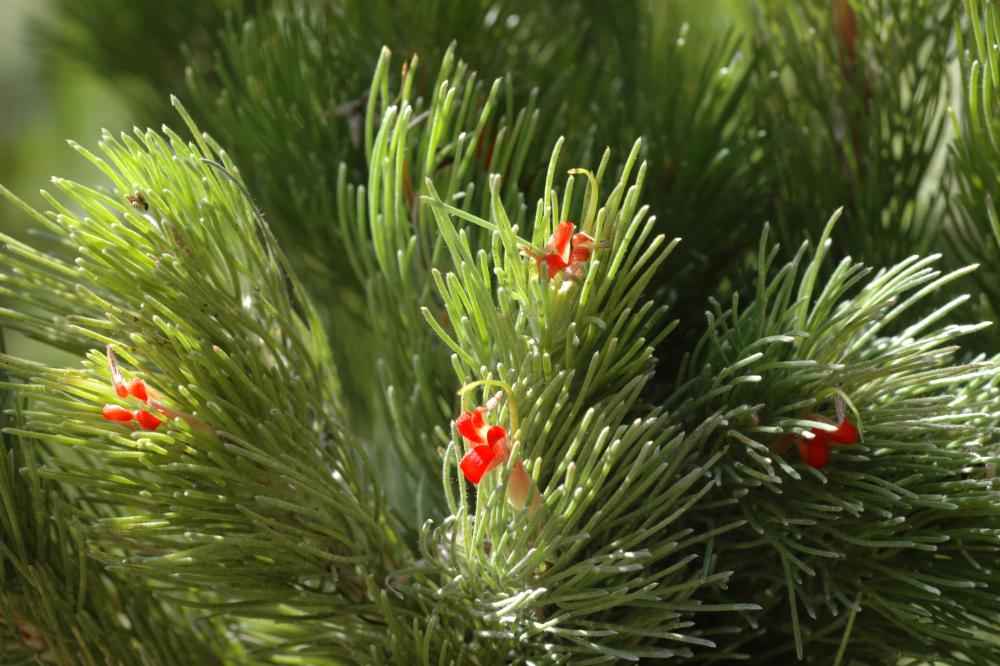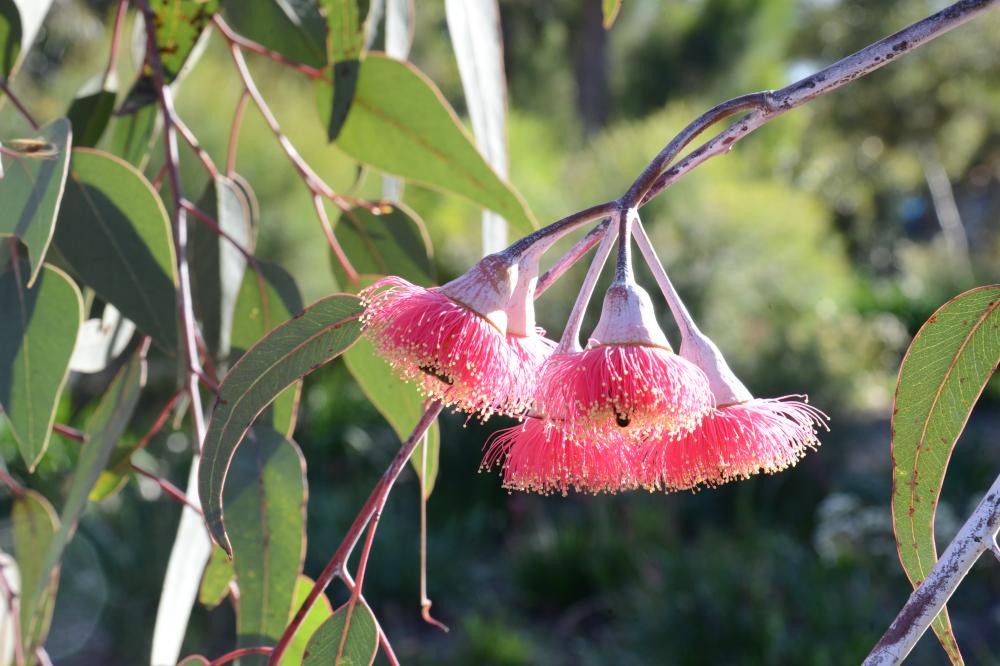Hibbertia grossulariifolia
Guinea Flower
Hibbertia grossulariifolia is a prostrate shrub from the southern tip of Western Australia.
Its red, hairy stems spread to more than one metre across and the dark, glossy green, deeply-lobed leaves are 25–30 mm in diameter. Multiple planting of this species makes for an excellent ground cover.
Between August to December golden yellow flowers bloom up to 30 mm in diameter. Individual flowers are short-lived but new flowers are constantly produced over a long period, forming a bright contrast to the deep-green foliage.
Grow it at home
- Prefers a well-drained soil
- Thrives in full sun and is also successful in shade
- Apply a slow-release native plant fertiliser when planting and annually as required in the spring months
- Water in well at time of planting and monitor its water needs carefully for the first winter and summer. After this, ensure it has moisture during extended dry periods
- It will tolerate moderate frost
- Trim as required after flowering to maintain a dense ground cover
The species grossulariifolia refers to the genus Grossularia (gooseberries) and (Latin) folium – leaf, referring to the foliage being like that of the gooseberry.
Find it in Kings Park
Take a look for yourself alongside the Long Vista opposite Lord Forrest Roundabout, in the Zamia Café garden, and in the Karri Garden adjacent to the bottom pond of the Water Garden.
Out in the wild
Hibbertia grossulariifolia is found in the southwest of Western Australia from Cape Naturalist to Albany. It grows naturally on sand or loam, in a range of habitats including forest areas, coastal dunes and swamp edges.
